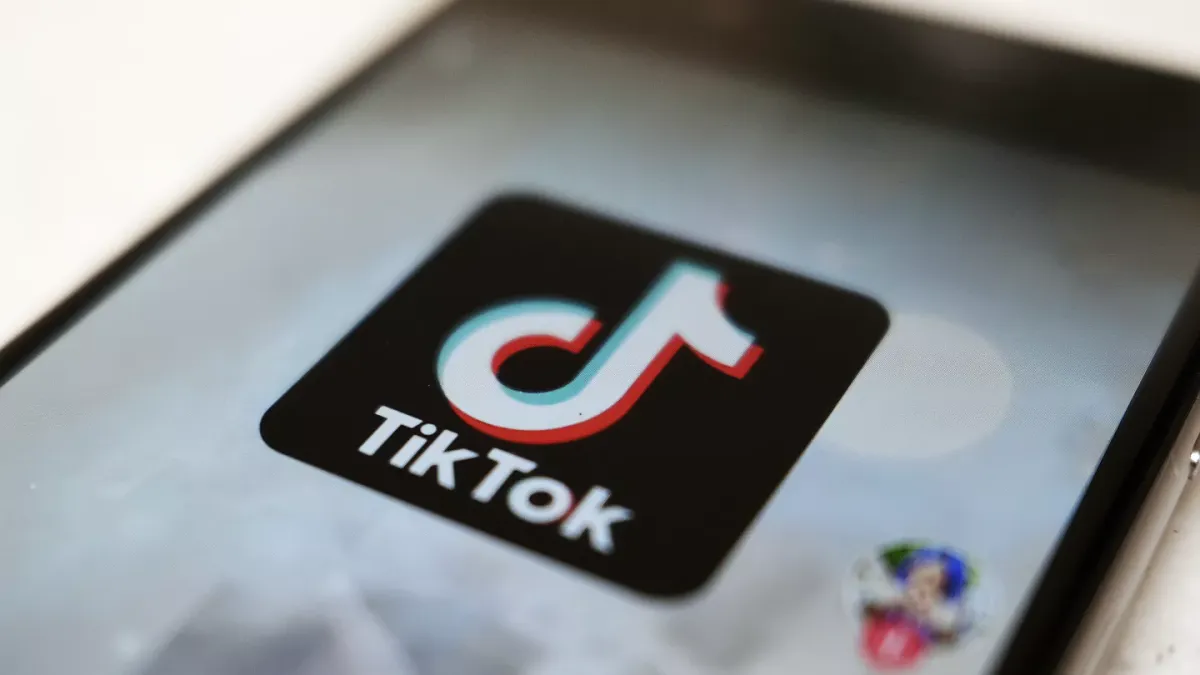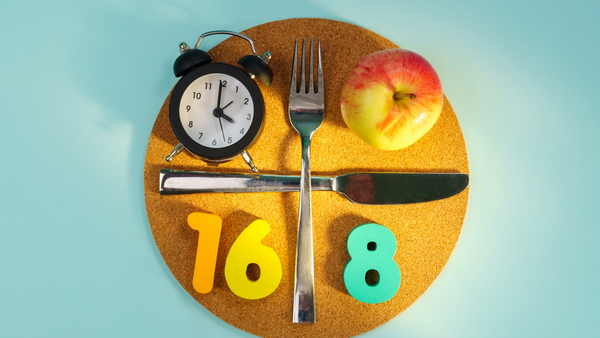Welcome to the UK’s First TikTok Election
Politicians have been using social media to campaign for decades, but this is the first “TikTok election” in the UK.

During the last election in 2019, none of the major political parties had TikTok accounts. Today, they all use the app to appeal directly to young people. But will it work?
Two days after Prime Minister Rishi Sunak called a general election for July 4, the Labour Party’s digital content team sprang into action, pumping out post after post on the party’s official TikTok page.
The first video they shared was a standard ‘piece to camera’ from Keir Starmer, calling viewers to vote for change by voting Labour. Then came the memes.
One video posted to the @uklabour account, viewed over 1 million times, captures Sunak struggling to dribble a football past some training cones with the caption: “You get tackled by a cone but are trying to convince voters you can run the country.”
Another sees Cilla Black performing the “Surprise, Surprise” theme song, captioned “POV: Rishi Sunak turning up on your 18th birthday to send you to war.” It currently has over 4 million views.
Politicians have been using social media to campaign for decades, but this is the first “TikTok election” in the UK. In 2019, none of the major political parties had accounts on the app. The platform only hit the mainstream in the UK during the first COVID-19 lockdown, with its monthly users rocketing from 4.1 million in January 2020 to 6.3 million in June 2020, the vast majority of them aged under 30.
Now, both Labour and the Conservatives (as well as smaller parties including the Liberal Democrats, the Greens, and far-right Reform UK) have jumped on the TikTok bandwagon – primarily to engage younger voters, who spend an average of an hour a day on the app and are twice as likely to get their news from the platform than from the BBC. The Labour account has 165,000 followers, the Tories 52,000, and Reform UK 141,000.
The Appeal of TikTok for Political Campaigns
It might feel jarring to scroll from an ASMR cranial nerve exam straight into a video of Rishi Sunak telling you about his plan to ship you off to war. Still, it was only a matter of time before politicians started posting on TikTok. “Parties are scared of being left behind on any new media,” says Dr Rosalynd Southern, senior lecturer in political communication at the University of Liverpool. She points out that parties quickly joined platforms like YouTube, Facebook, and Instagram in the 2010s.
It’s also quicker and easier for politicians to campaign on TikTok, where paid-for political advertising is banned. “You can make something on your phone within a couple of hours, and it’s much cheaper, much easier to do,” explains journalist and New Statesman columnist Jonn Elledge. “If it doesn’t work, you do something else.”
While some viewers have been baffled at how “unserious” these TikToks are, they follow a long tradition of biting, satirical political ads. “There have always been these very surface-level, visual campaigns,” says Southern. “What’s coming from the parties [on social media] now isn’t that different really [...] It can be risky, but if you get it right, you can make a clear point or effectively distract from something else, just like a good billboard poster.”
Most famously, in 1978, advertising giant Saatchi & Saatchi created one of the most effective political ads in modern history: a long, meandering line of unemployed Brits queuing for the dole, the slogan “Labour isn’t working” stamped above them in big, black letters. Saatchi & Saatchi worked with the Tory party again in 1997, earning the Conservatives an estimated £5 million worth of free publicity with their infamous “New Labour, New Danger” ad, which reimagined Tony Blair with demon eyes.
The Effectiveness of TikTok Campaigns
It’s no surprise that every party is now desperately trying to conquer TikTok, as it’s clear that ads which poke fun at the opposition can work. While Margaret Thatcher initially didn’t think much of the “Labour isn’t working” ad, objecting to having “the other side’s name” featuring so prominently on the poster, in the end, the campaign helped the Tories secure a sizable majority in the May 1979 election.
The party’s treasurer, Lord Thorneycroft, claimed that the ad “won the election for the Conservatives,” In 1999, it was rated the best poster advert of the 20th century.
So, is there any chance these TikTok videos—primarily aimed at younger voters—will be able to go wildly viral and cut through in the same way? In the Tories’ case, it seems especially unlikely that TikTok campaigns could win them more votes. So far, their output has been dull and laughably tone-deaf: “How much have you paid them?” reads a cynical comment under one video promoting Sunak’s plan to make 18-year-olds do national service.
They also have far fewer likes than the Labour TikTok account. “I’ve had sources within the Conservative Party social media team suggest that they think sticking to a message and repeating it ad infinitum will cut through,” says Chris Stokel-Walker, technology journalist and author of TikTok Boom: The Inside Story of the World’s Favourite App. “They want to be seen as the sober, sensible people. Whether or not that will work, I’m not so sure.”
Meanwhile, the reaction to Labour’s TikTok videos has been more mixed. Many comments ask for whoever runs the @uklabour account to be given a raise; others are more sceptical. “I think this TikTok will be the sole reason the Conservatives win with the largest ever majority,” reads another comment under a cringeworthy Starmer fan cam. “It’s a high-risk, high-reward strategy,” Stokel-Walker says. “Some people will find it incredibly cringe; others will find it OK.
At least Labour’s videos show a sense of humour and a vulnerability that differentiates them from the more corporate Tory approach.” This chimes with Elledge. “Even if people think the advert is a bit lame, the message it’s putting out there resonates and clicks with people,” he says. “I don’t know if it will move votes, but it might stick in their minds because it reiterates a feeling they already have.”
The Future of TikTok in Political Campaigning
The tools are there for TikTok to revolutionize political campaigning, especially as it’s a platform that allows politicians to speak directly to young people. This demographic has historically been difficult to engage and consequently less likely to vote. But it remains doubtful that TikTok alone is enough to sway young voters in the upcoming election.
There’s a litany of Tory policies which have been detrimental to young people, and Labour is yet to stump up any good ideas which truly benefit young people either (in any case, it’s difficult to trust anything Starmer promises when he’s U-turned on so many pledges before).
So, while both major parties seem alert that TikTok is crucial when engaging young people, neither seems to have any policies worth communicating to us in the first place. As one commenter put it on a video posted by the Labour Party: “Your TikToks have made me laugh—but I still won’t vote for you.”
The increasing presence of political content on TikTok reflects a broader shift in how political campaigns are run in the digital age. As social media platforms continue to evolve, so will the strategies employed by political parties to capture voters' attention.
The success of these efforts will depend not just on the novelty of the platform but on the substance of the messages conveyed. In a world where digital engagement is paramount, the challenge for political parties is ensuring that their online presence is entertaining but also meaningful and resonant with the issues that matter most to the electorate.




